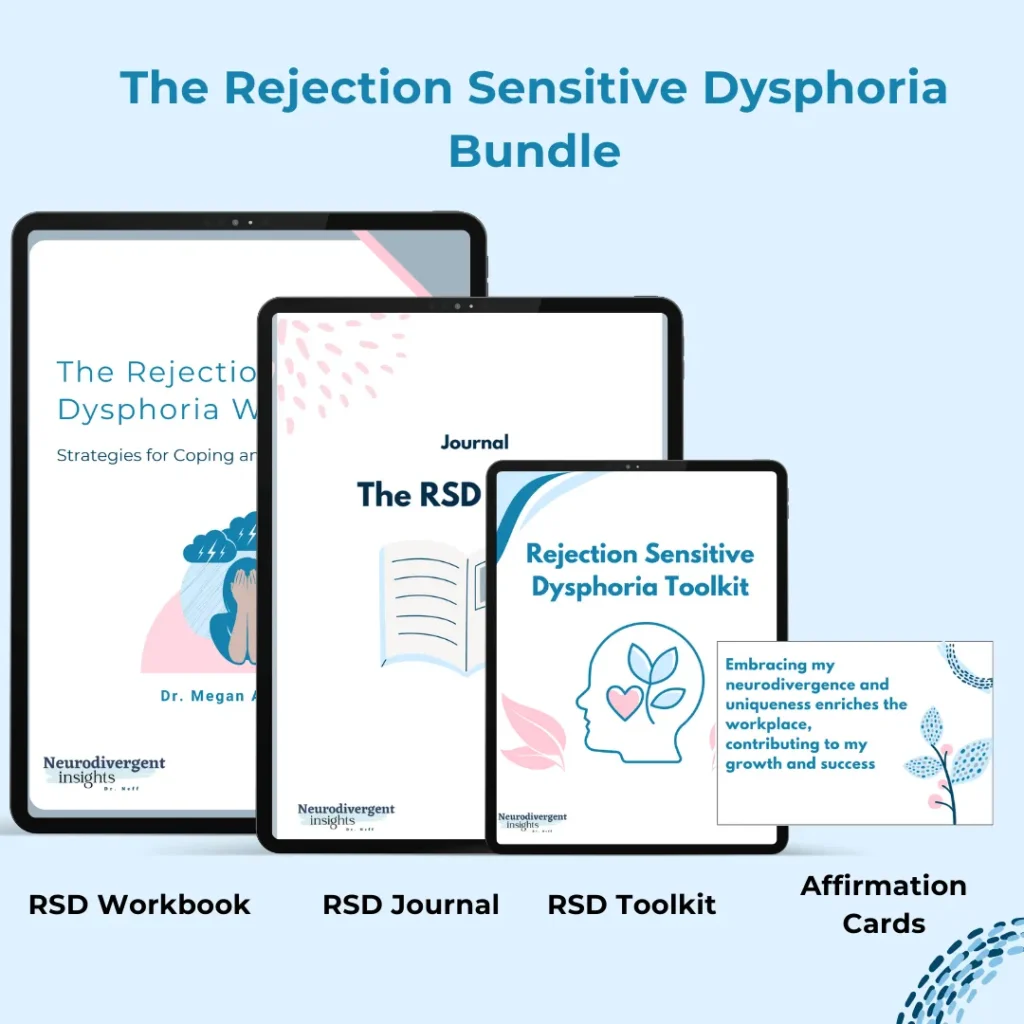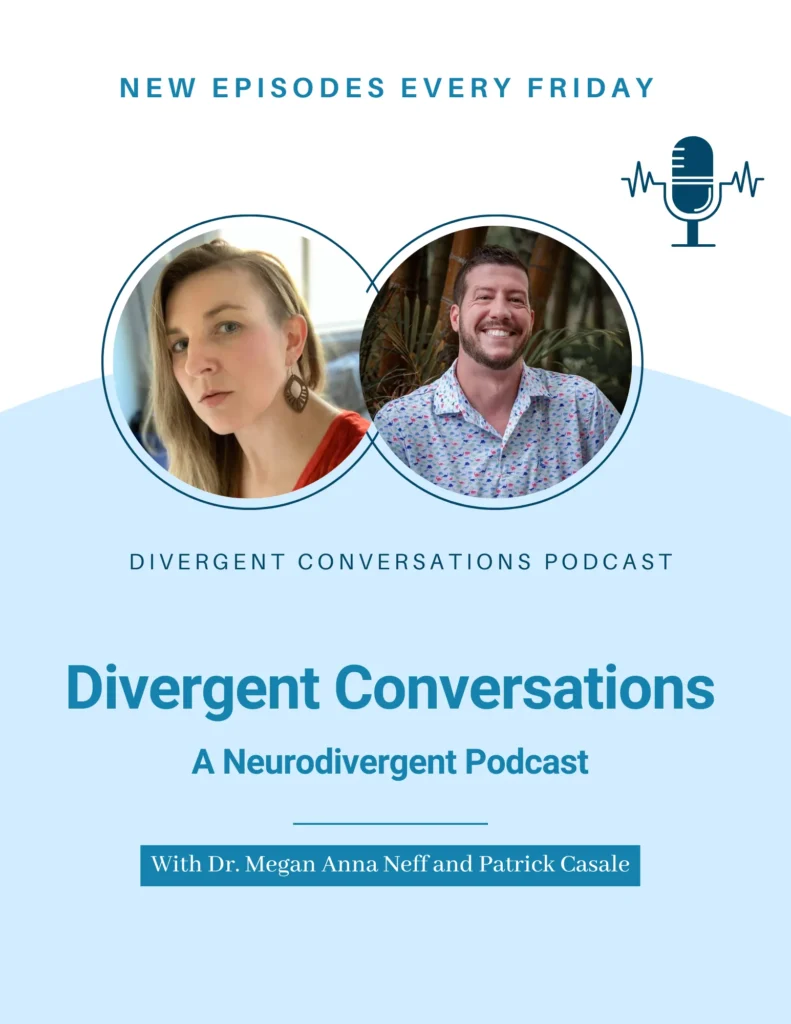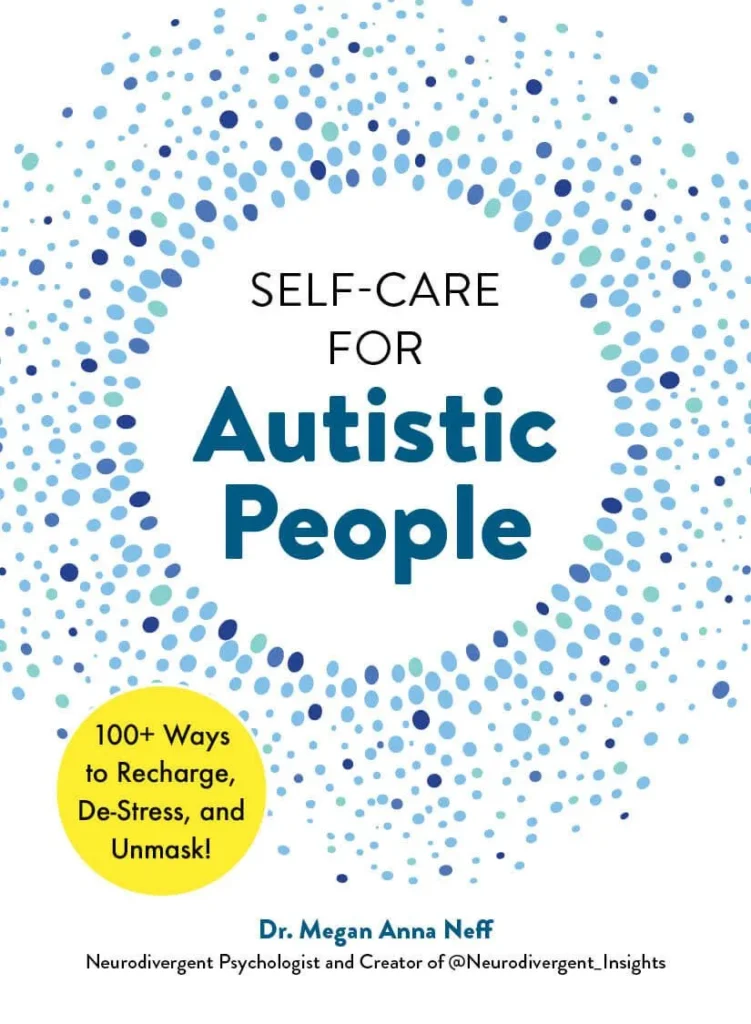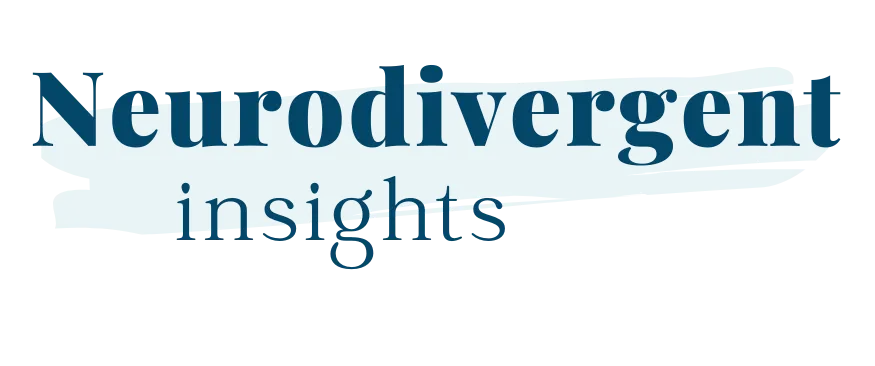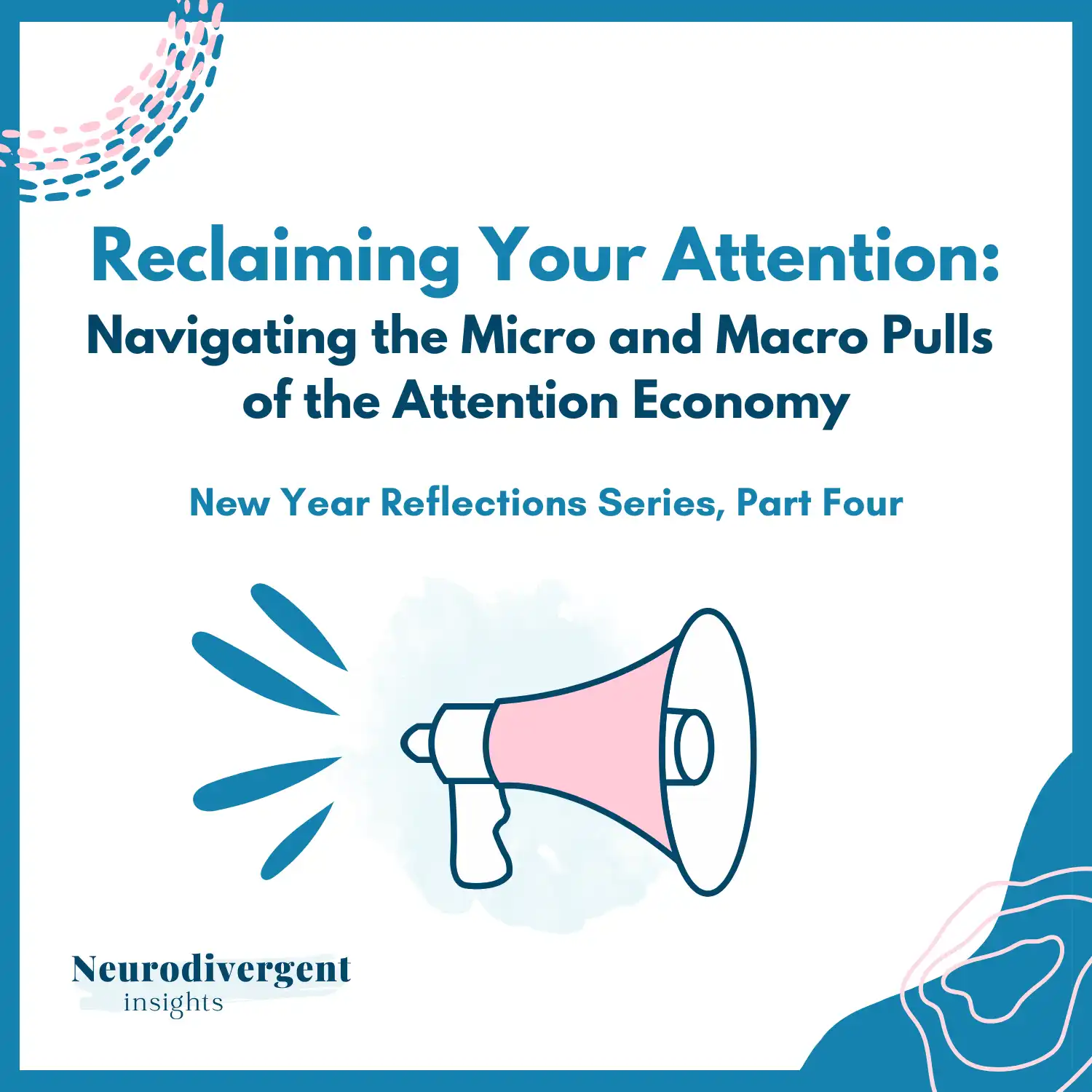What is Masking in Autism? Autistic Masking Explained
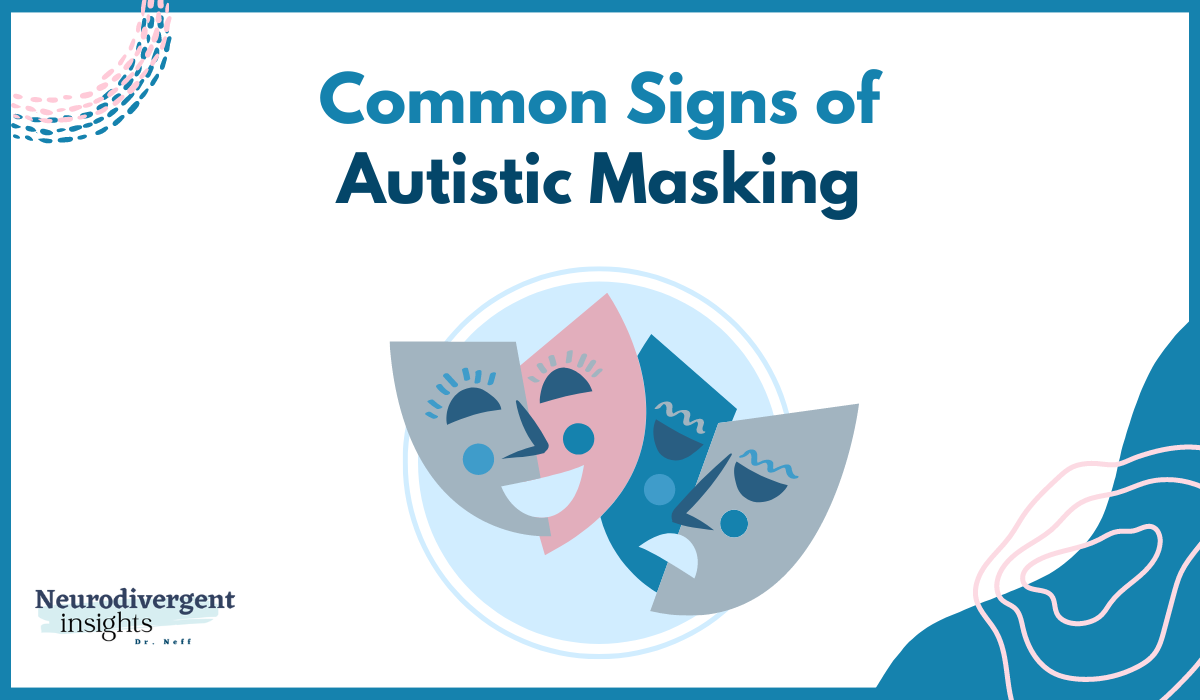
Welcome to another installment of the Autism 101 series, where we’re diving into the complex world of autism in adulthood. Today we’ll explore the phenomenon of autism masking. When discussing the experiences of the lost generation of Autistic adults, it is crucial to explore the significant impact of autism masking on their lives. Many people, including myself, have experienced the challenging and confusing reality of masking our true Autistic selves.
I confess, for the longest time, I was an unwitting participant in this intricate game of Autistic masking. It’s astonishing how we can spend our lives mirroring the behaviors of others, unaware of the lengths we go to blend in. But once I stumbled upon the concept of autism and masking, everything suddenly made sense. The exhausting effort I put into social interactions, the constant feeling of having a performative self—it was all connected to this hidden art of masking. For years, I navigated social interactions, unaware of the extra effort I was putting in compared to those around me. Discovering the concept of masking shed light on my experiences and helped me understand the impact it had on my life and mental health.
So, if you’ve ever found yourself wondering if you’re a master of disguise, concealing your true Autistic identity, or if you’re simply curious to learn more about this aspect of autism, join me as we will delve into the nuances of autism masking. We will explore:
-
What exactly autism masking entails
-
Who is most likely to engage in autistic masking
-
The three core components that make up the autism mask
-
The telltale signs that may indicate you’re masking autism without even realizing it.
-
How autism masking is measured
-
The cost of Autism masking
-
What to do if you think you may be masking autism
So let’s dive in!
What is Autism Masking?
Autism masking is an adaptive phenomenon where people develop intricate strategies to navigate an allistic society, blending in seamlessly like chameleons in their surroundings. High-masking Autistic people possess an exceptional ability to observe and analyze social cues, meticulously studying how people move, talk, and interact. It’s as if we have taken on the role of social detectives, mastering the art of fitting in.
With time and practice, these masking techniques become ingrained in our psyche, operating on autopilot without conscious awareness. Sometimes, masking starts at such a young age that it intertwines with a person’s core identity during their formative years. For example, when a child faces harsh discipline for their Autistic traits like stimming, asking questions, avoiding eye contact, or experiencing sensory meltdowns, they may respond by learning to mask their Autistic traits as a survival mechanism, striving to please others and evading punishment. Unbeknownst to them, this becomes their natural way of navigating the world.
One of the fascinating aspects of masking is that individuals often don’t realize they are masking because it has seamlessly melded into their baseline experience of reality. It’s like a secret identity woven into the fabric of their existence, hiding their true selves beneath layers of social adaptation.

Autism Masking Defined
Autism masking involves the conscious or unconscious efforts of an Autistic person to change their external behavior to blend into social situations. Using sophisticated strategies, we effectively conceal our Autistic traits from casual observers. These strategies may include suppressing stimming behaviors, meticulously studying and imitating social behaviors, analyzing body language, scripting, rehearsing conversations, and exhibiting excessive accommodation and helpfulness towards others.
Who Masks Autism?
Autism masking knows no bounds—it can be adopted by anyone, regardless of age, gender, or background. While the study of masking initially focused on girls and women with autism, we now understand that it is prevalent among many Autistic adults, particularly those with average to high-average intelligence. It is particularly common among women, BIPOC (Black, Indigenous and other People of Color), and genderqueer individuals. However, there are also plenty of cis-white, straight men who mask.
Autistic Masking and Women and Girls
Girls often face significant social conditioning and pressures to conform to societal norms of being social and “appropriate.” Social interactions for girls tend to involve more reciprocal play, and girls may experience more pressure to fit in and meet societal expectations. Consequently, autistic masking is more common among girls and women as they navigate the complexities of these social dynamics.
Autistic Masking and BIPOC and Trans People
In addition to gender-related social conditioning, safety plays a crucial role in the development of Autistic masking. For instance, many BIPOC (Black, Indigenous, and People of Color) and Trans individuals are also high-maskers. Navigating a society that is rife with racism and transphobia poses significant risks, leading many to adopt strategies like code-switching—altering their behavior and language to conform to the cultural norms of dominant white spaces. For individuals already code-switching, adding autistic masking becomes a logical step, although it adds yet another layer of complexity and exhaustion to their experiences. Autistic BIPOC individuals often find themselves juggling the demands of code-switching and autistic masking simultaneously!
Similarly, Trans people frequently learn to mask as a means of self-preservation and protection. In a world that often judges, devalues, and misunderstands them, masking becomes a protective mechanism. Many Trans people experience pressure to conceal their true Autistic selves to navigate the challenges and biases they encounter more safely.
Understanding the intersectionality of autistic masking with gender, race, and identity provides insight into the multifaceted experiences of Autistic people who employ these strategies (consciously or unconsciously). Let’s continue our exploration as we delve deeper into the nuances of what exactly autism masking entails.
Three Core Features of Masked Autism
In 2019 Laura Hull and her research team created the Camouflaging Autistic Traits Questionnaire (CAT-Q), a groundbreaking assessment tool that examines autism from an internal perspective. Unlike most assessments that focus on external observations, the CAT-Q captures the internal experiences of Autistic adults who engage in autism masking.
The questionnaire was administered to 354 Autistic adults and 478 non-Autistic adults. Using factor analysis, a method that identifies clustering themes, the researchers identified three common themes among Autistic adults who mask their autism:
-
Mimicking and copying allistic social norms (Compensation)
-
Repressing Autistic traits (Masking)
-
Performing and pretending (Assimilation)
Overall, the psychometric support for the CAT-Q is robust, providing valuable insights into the complexities of autism masking. This instrument allows researchers and clinicians to gain a deeper understanding of how Autistic people navigate social interactions and the strategies they employ to camouflage their Autistic traits.
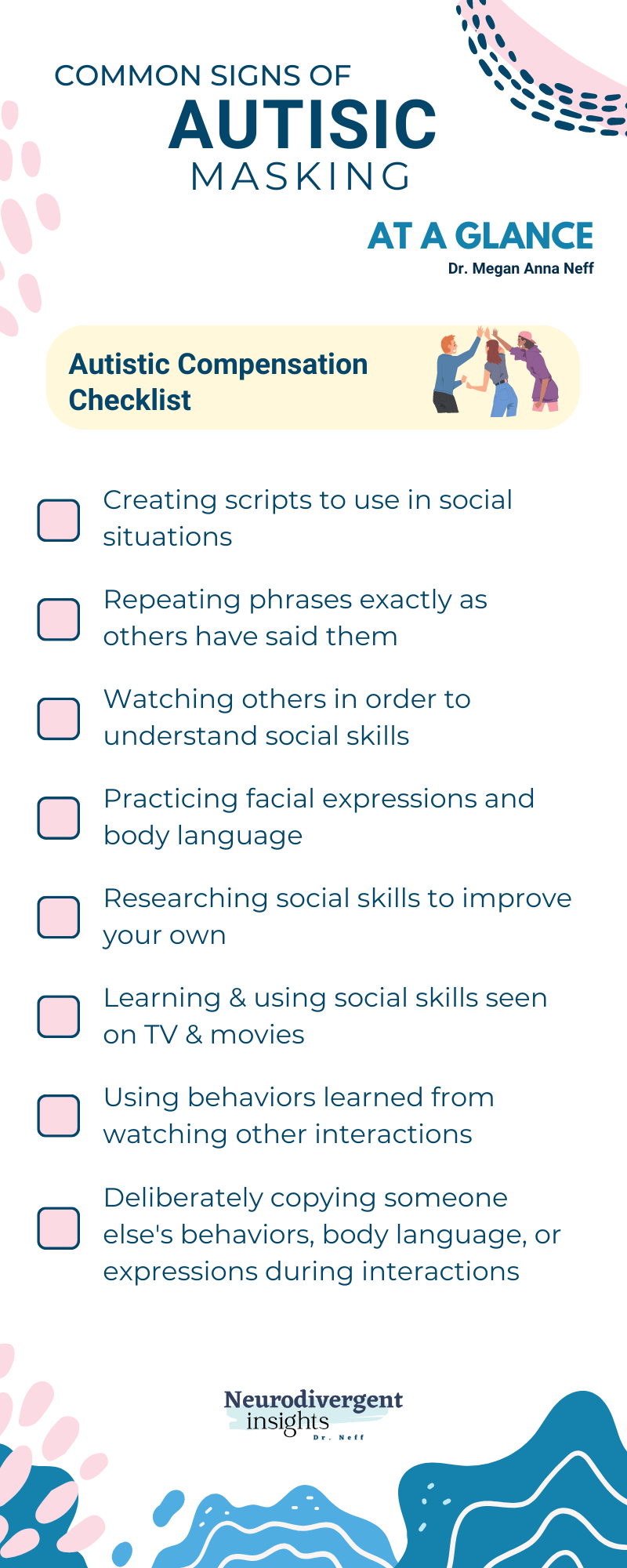
Masking Autism: Master Mimickers
Compensation is a key aspect of autism masking and involves the art of mimicking and copying allistic people. Many Autistic people who mask possess a remarkable ability to observe and catalog phrases and mannerisms from various sources, such as television, movies, or their friends and peers. I often liken this process to having a “working Google doc” in my head, where I mentally store behaviors and phrases that I find admirable and incorporate them into my own communication style. It’s like curating a collection of social cues that I can draw from when navigating social situations.
In addition to mimicking, compensation can take the form of pre-prepared scripts. I used to meticulously practice conversations and develop scripts in advance. Whenever I knew I would be engaging in a specific conversation, I would rehearse different versions of that conversation in private, ensuring that I had my conversational plugins or scripts ready to go. However, when confronted with conversations that deviated from my rehearsed scripts, I often felt a sense of awkwardness and struggled to find the right words to express myself cohesively.
This reliance on mimicking and scripted responses can be both a coping mechanism and a source of stress. While it allows us to navigate social interactions more smoothly, it also limits our ability to express ourselves authentically and respond spontaneously. The pressure to constantly match the behavior of those around us can be exhausting and emotionally draining.
As we delve into the complexities of autism masking, it becomes evident that the mastery of mimicry is an essential skill. By observing and incorporating social cues from our environment, we develop a repertoire of behaviors and phrases that enable us to blend in. However, it’s important to recognize that this skill comes at a cost, as it can hinder our ability to express our true selves, adapt to unexpected social situations, and requires a lot of mental energy!
Signs you are Masking Autism: Common Experiences of Master Mimickers
☑ Creating scripts to use in social situations (e.g., relying on pre-prepared scripts or rehearsing conversations in advance to ensure smooth interactions)
☑ Repeating phrases exactly as others have said them (e.g., mimicking and parroting the exact words and phrases used by others)
☑ Using behaviors learned from watching other interactions (e.g., frequently observing and adopting behaviors from others to fit in socially)
☑ Practicing facial expressions and body language (e.g., regularly rehearsing and perfecting facial expressions, gestures, and body language to match those of allistic people)
☑ Researching social skills to improve your own (e.g., actively seeking out resources and information on social skills in an effort to enhance your social interactions and appear more allistic)
☑ Learning and using social skills seen on TV and in movies (e.g., finding inspiration in social skills portrayed in media and incorporating them into your own interactions)
☑ Deliberately copying someone else’s behaviors, body language, or expressions during interactions (e.g., consciously imitating and mirroring the behaviors, body language, or expressions of others to blend in)
☑ Watching others to understand social skills (e.g., spending significant time observing and studying how others navigate social situations to learn and mimic their social skills)
Masking Autism: Repressing Autistic Traits

In the intricate art of masking autism, repression takes center stage. It involves actively suppressing Autistic traits to conform to allistic expectations. One aspect of repression is the suppression of stimming, where Autistic people find more socially acceptable forms of stimming or restrict their stimming behaviors altogether. For instance, instead of engaging in hand flapping or pacing, we might opt for picking at nails or playing with our hair.
Another component of masking is the development of a vigilant and critical self-monitor. This inner critic, which I affectionately refer to as “the mask,” constantly evaluates and cautions us against behaviors that may be deemed odd or off-putting by others. Prior to discovering my autism, my inner critic was relentless, berating me for every perceived misstep and warning me of potential social risks. It employed shame as a tool to push me toward conformity with allistic norms. The influence of this inner critic becomes so deeply ingrained that we may not even realize its presence or we assume that everyone else experiences the same self-critical dynamics.
Masking also entails heightened awareness of body language during conversations. I used to consciously coach myself on appropriate body movements, reminding myself to nod to show engagement and to uncross my arms to avoid appearing defensive. These deliberate techniques aim to convey interest and active participation in social interactions.
The complex process of repression in masking involves delicately navigating the balance between expressing our true selves and conforming to societal expectations. While it may provide a temporary sense of safety and acceptance in social settings, it can also take a toll on our authenticity and overall well-being. It’s important to recognize that when we repress Autistic traits, we are essentially suppressing the very things that self-soothe us and help us regulate our overactive bodies. In a way, masking can be seen as a form of self-betrayal, as we override our body’s natural instincts for regulation. By acknowledging and understanding the role of repression in masking autism, we take a crucial step towards embracing our true identities, fostering self-acceptance, and rebuilding self-trust.
Signs you are Masking Autism: Common Experiences
☑ Constantly preoccupied with how others perceive you and striving to meet their expectations
☑ Diligently adjusting your body language to appear interested and engaged in conversations
☑ Heightened awareness of the impression you make on others, leading to self-consciousness
☑ Continuous monitoring and adaptation of your body language and facial expressions to fit social norms
☑ Overly focused on managing your own facial expressions and body language in social situations
☑ Feeling compelled to make eye contact, even if it feels uncomfortable or overwhelming
☑ Persistent vigilance in monitoring and adjusting your body language to project a relaxed demeanor
Masking Autism: Professional Pretenders

Assimilation is like stepping onto a stage and assuming a role that doesn’t come naturally to us, often causing significant discomfort. It’s an act of pushing ourselves to engage in behaviors that align with societal expectations, even if they feel unnatural or exhausting. In social situations, we may find ourselves participating in small talk or forcing ourselves to interact, all the while feeling like we’re putting on a performance or pretending to be someone we’re not.
Another aspect of assimilation involves finding socially acceptable ways to navigate (or escape) socializing. For example, as a young mother, I often used my newborn as an excuse to discreetly exit conversations in group settings. Throughout different phases of my life, I would keep myself occupied with tasks such as cleaning or taking on designated roles that allowed me to appear engaged and helpful in the group without requiring extensive socializing. It became a way to blend in and avoid drawing attention to my struggles with social interaction.
Assimilation can be both a survival strategy and a burden. It’s a means of fitting into a neurotypical world while concealing our true selves. By assimilating, we attempt to navigate social expectations and minimize the discomfort of being different. However, this constant effort to conform takes a toll on our mental and emotional well-being, often leaving us feeling exhausted and disconnected from our authentic selves.
Recognizing the role of assimilation in masking autism is a critical step toward understanding our experiences and reclaiming our identities. It’s an invitation to explore self-acceptance and cultivate a sense of belonging where we can embrace our Autistic selves without the need for pretense.
Signs you are Masking Autism Through Pretending
☑ Conversations feel unnatural and don’t flow smoothly.
☑ You often find yourself pretending to be “normal” in social situations.
☑ You rely on the support or presence of others to navigate social interactions.
☑ There is a belief that you cannot fully be yourself around others.
☑ You feel the need to put on an act or facade to navigate social situations.
☑ You try to avoid or minimize interactions with others in social settings.
☑ Social situations feel like performances rather than opportunities for authentic connection.
☑ Interacting with others requires a conscious effort and feels forced.
How is Autism Masking Measured?
If you’re curious about how autism masking is measured, and how you compare to others, there is a standardized self-report measure called the Camouflaging Autistic Traits Questionnaire (CAT-Q). This questionnaire assesses camouflaging behaviors in both autistic and non-autistic adults.
-
The CAT-Q consists of 25 items and can be completed on paper or online.
-
It takes approximately 5 minutes to fill out.
-
The results are divided into three sub-scales: compensation, masking, and assimilation.
-
The compensation sub-scale evaluates strategies used to overcome social difficulties associated with autism. This includes actions taken to compensate for challenges in social interactions.
-
The masking sub-scale assesses strategies employed to hide autistic characteristics or present a less autistic persona. These strategies involve concealing or suppressing behaviors that might reveal one’s autistic traits.
-
The assimilation sub-scale focuses on strategies used to avoid standing out during social interactions. It encompasses behaviors aimed at blending in and appearing more similar to neurotypical individuals.
-
In addition to sub-scale scores, the CAT-Q provides a total camouflaging score. This score is calculated by summing up all your scores from the three sub-scales. The total score ranges from 25 to 175, with higher scores indicating a higher degree of camouflaging. This questionnaire offers insights into the extent and nature of autism masking behaviors, helping you to get a better understanding of your masking tendencies and the potential impact on your life.
The Cost of Autistic Masking: Unveiling the Link with Depression and Anxiety
Autistic masking is a complex phenomenon that involves navigating the delicate balance between self-expression and societal expectations. While there may be instances where masking Autistic traits feels like a necessary strategy to navigate a world that is not always accepting, it is crucial to acknowledge the drawbacks and consider the long-term impact on our well-being.
While masking can provide temporary relief and reduce the risk of outright discrimination, it is essential to be aware of the potential costs it can impose on our mental health. Research has shown a significant link between high levels of masking and increased rates of depression and anxiety among Autistic individuals.
Engaging in masking requires constant monitoring, adjustment of behaviors, and the suppression of one’s authentic self. This internal conflict between conforming to allistic expectations and the innate need for self-expression can lead to emotional distress, a sense of dissonance, and a loss of personal identity. It is important to recognize that while there may be times when masking Autistic traits feels less stressful than facing outright discrimination, understanding the drawbacks empowers us to make informed choices about when to live masked and when it is safe to unmask.
By embracing our true identities, cultivating self-acceptance, and fostering environments that embrace neurodiversity, we can mitigate the negative impact of masking on our mental health. It is crucial to prioritize self-care, seek support when needed, and advocate for greater understanding and acceptance of Autistic people.
As we continue our journey toward unmasking autism, let us remember that it is a nuanced process that requires self-reflection, self-compassion, and individual choice. While recognizing the potential drawbacks of masking, we gain agency in deciding when to navigate the world with our true selves and when to mask it for our well-being and safety.
How Do I Know If I’m Masking Autism?
If you find yourself relating to many of the experiences mentioned earlier, you may be wondering if you are masking autism. It’s natural to seek more information and gather additional insights. Here are a few steps you can take to explore your masking tendencies:
-
Reflect on your experiences as you read through the list. Pay attention to what resonates with you and what doesn’t. This self-reflection can provide valuable clues about your masking behaviors. You can also download an autism masking checklist to further assess your experiences.
-
Take the Camouflaging Autistic Traits Questionnaire (CAT-Q). The CAT-Q is available online, and it allows you to self-report your masking behaviors. By completing the questionnaire, you can gain a better understanding of the extent and nature of your masking tendencies. Embrace Autism offers the CAT-Q online, along with a table of scores that can help you compare your results to those of other autistic and non-autistic people.
-
Listen to the lived experiences of other high-masking Autistic people. By exploring the #ActuallyAutistic hashtag on social media, you can find a community of autistic people sharing their personal stories and insights about masking. Hearing others’ experiences can provide valuable validation and help you recognize shared patterns.
-
Engage in open conversations with trusted individuals in your life. Talk to those close to you and ask for their perspectives. Trusted friends, family members, or partners may notice differences in your behavior across various situations. They can offer insights into whether they perceive you as performing or behaving differently in social settings compared to when you’re in a more relaxed and comfortable environment. It’s worth noting that as a high-masker, you may even deceive those closest to you, so they may not be aware of your masking!
By taking these steps, you can gather more information, reflect on your own experiences, and seek external perspectives to gain a deeper understanding on whether or not you may be masking Autism. This process is personal and unique to each individual, and it’s important to approach it with self-compassion and curiosity.
Masking Autism: Summary and Conclusion
In conclusion, autism masking is a complex phenomenon that involves consciously or unconsciously hiding autistic traits in order to blend in with allistic society. It often requires significant effort and can impact a person’s sense of authenticity and well-being. Recognizing the signs of masking and understanding its impact is an essential step towards embracing one’s true identity and fostering self-acceptance.
To explore your own experiences of masking autism, I invite you to download the autism masking checklist. This free resource provides a list of common experiences associated with masking, allowing you to reflect on your own tendencies and gain further insights into your masking behaviors. By using the checklist, you can gain a clearer understanding of the role masking plays in your life and begin your journey toward self-discovery and self-advocacy.
You are not alone in this journey. Connecting with the autism community, listening to the lived experiences of other autistic individuals, and seeking support can provide valuable guidance and validation. Together, we can celebrate neurodiversity and create a more inclusive society.
Citations:
Hull, L., Mandy, W., Lai, M.-C., Baron-Cohen, S., Allison, C., Smith, P., & Petrides, K. V. (2019). Development and validation of the Camouflaging Autistic Traits Questionnaire (CAT-Q). Journal of Autism and Developmental Disorders, 49(3), 819–833.
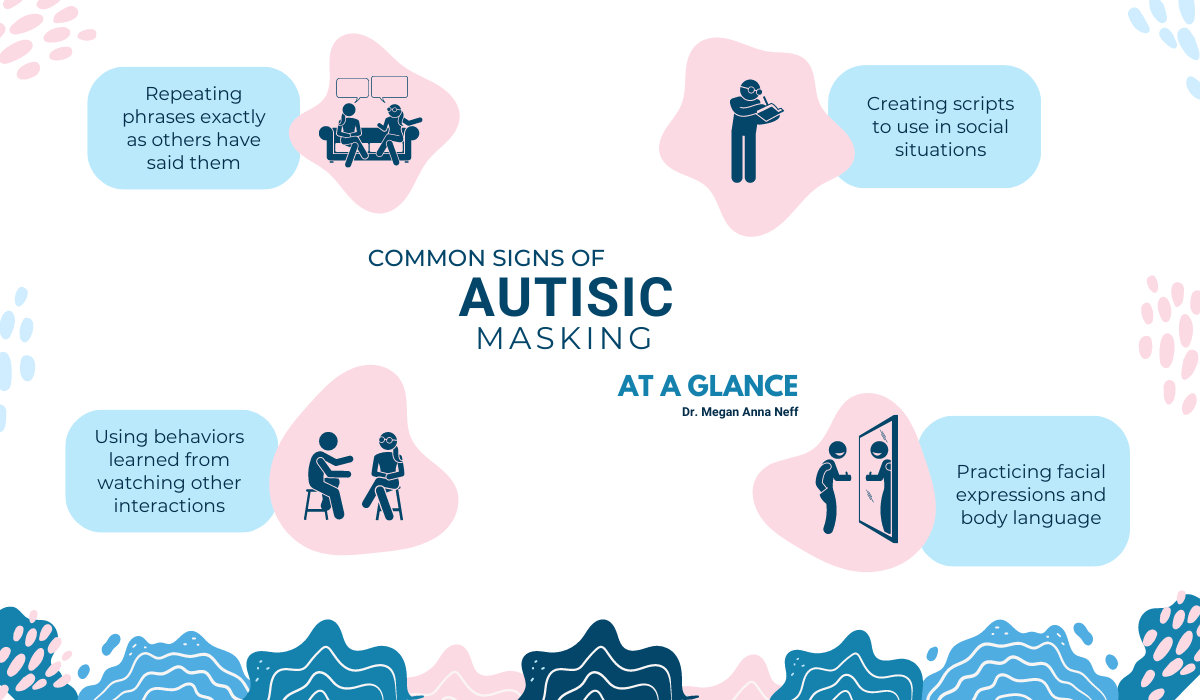
Megan Anna Neff

Welcome! I’m Dr. Neff. I am a late-in-life diagnosed Autistic-ADHD Psychologist. Welcome to my little corner of the internet where I love talking about all things mental health, neurodiversity and wellness.
